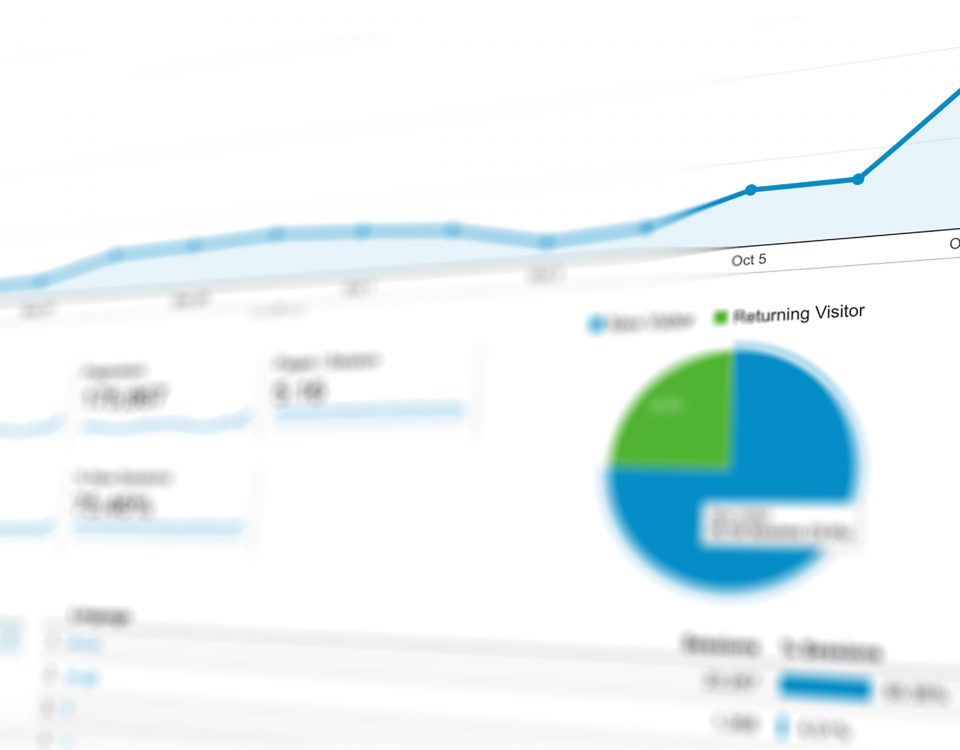Responsive Web Design

Ways To Increase Website Conversions
August 1, 2017In the past, most people viewed a website on a desktop computer at a minimum of 960 pixels. Therefore, most web design gurus set that as the standard for their layouts. However, more people are choosing to use smartphones, tablet computers and laptops or netbooks to view websites – meaning that a single website is displayed at a variety of different sizes and pixels at any given time.
Responsive Web Design – What Is It?
If a single website is going to be displayed at a variety of sizes and pixels, it must do so well. You don’t want your website displaying poorly at a smaller size because you’ve had your design set for a desktop computer only. Responsive website design tackles this very issue. It is a type of web design that allows a particular page or site to be displayed at a number of different screen resolutions in a way that is not only “usable” but creates an enjoyable browsing experience as well.
How Is Responsive Web Design Achieved?
There are two ways to go about creative a responsive web site. The first is referred to as a progressive enhancement, where the design is created at the smallest resolution and built up from there. The second is referred to as graceful degradation, where an existing website is condensed into a smaller version by taking out non-essential items or moving them around so only the most important items are displayed. The superior method of the two is of course progressive enhancement, because it ensures the mobile version of the site is the best it can possibly be. However, progressive enhancement doesn’t always work for existing websites without scrapping the original design and coming up with an entirely new one. Having a responsive web site is essential, since far more users are browsing websites on their smartphones, or on tablet computers. By adopting a responsive web design, you can ensure that your web site is available to a wider array of people in a changing world.



